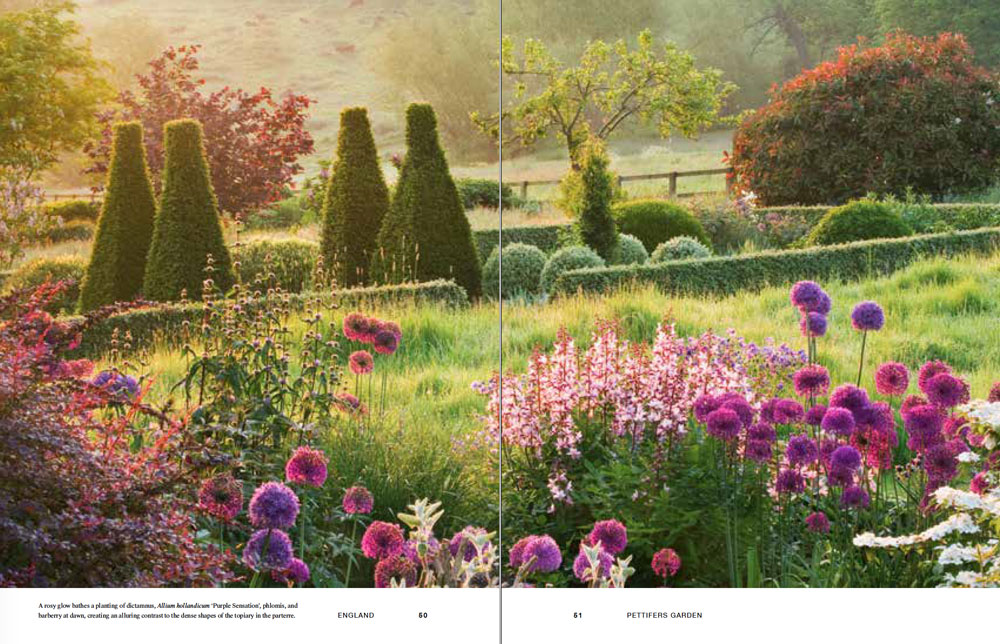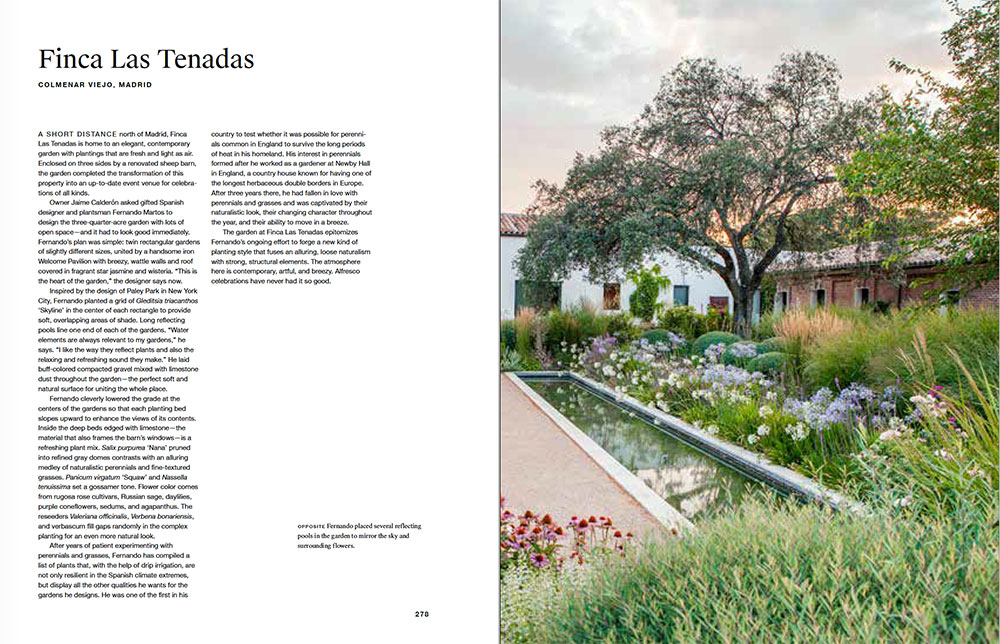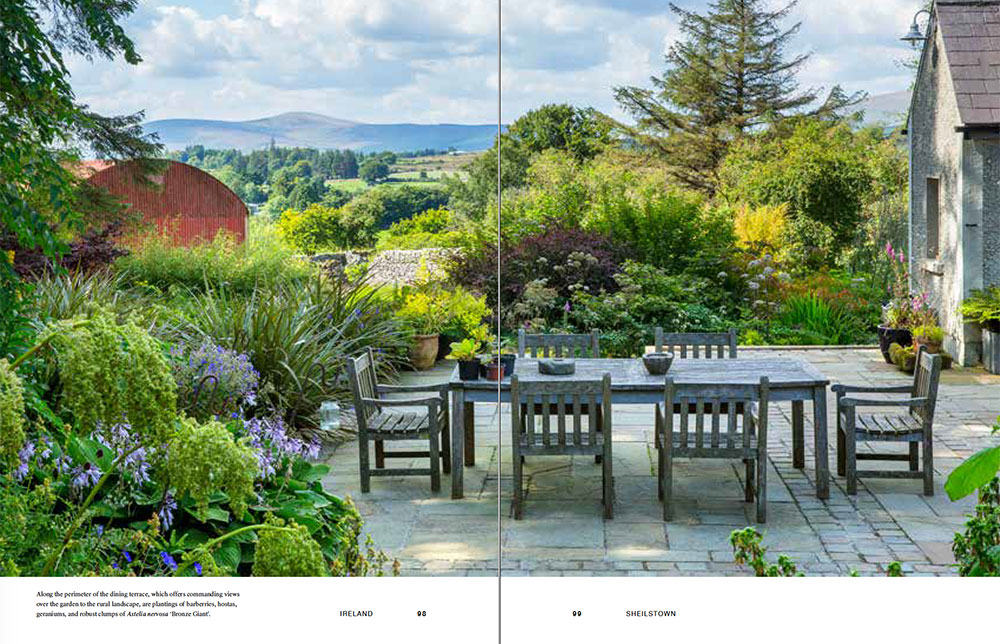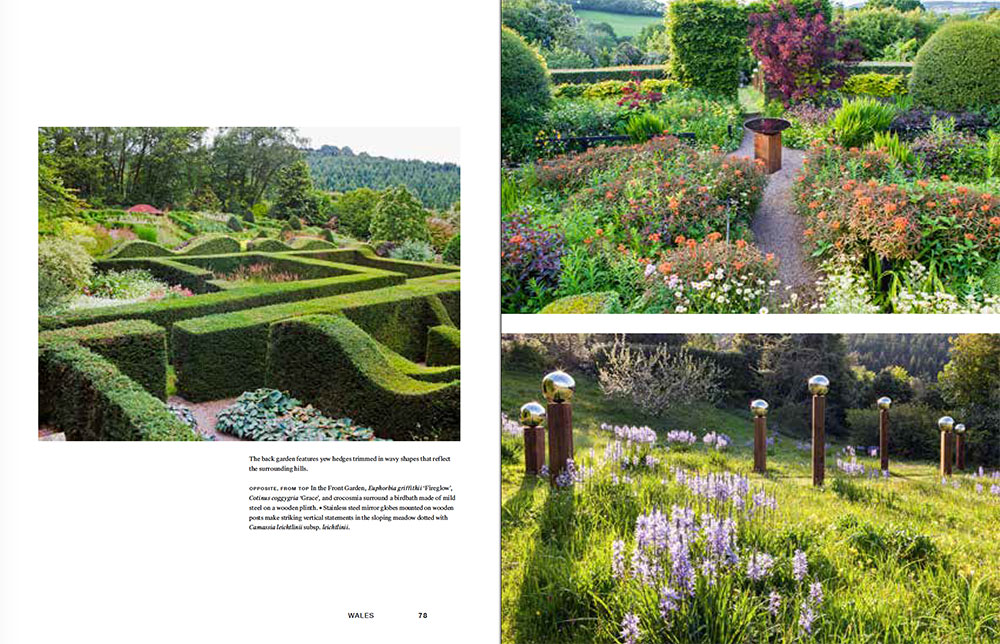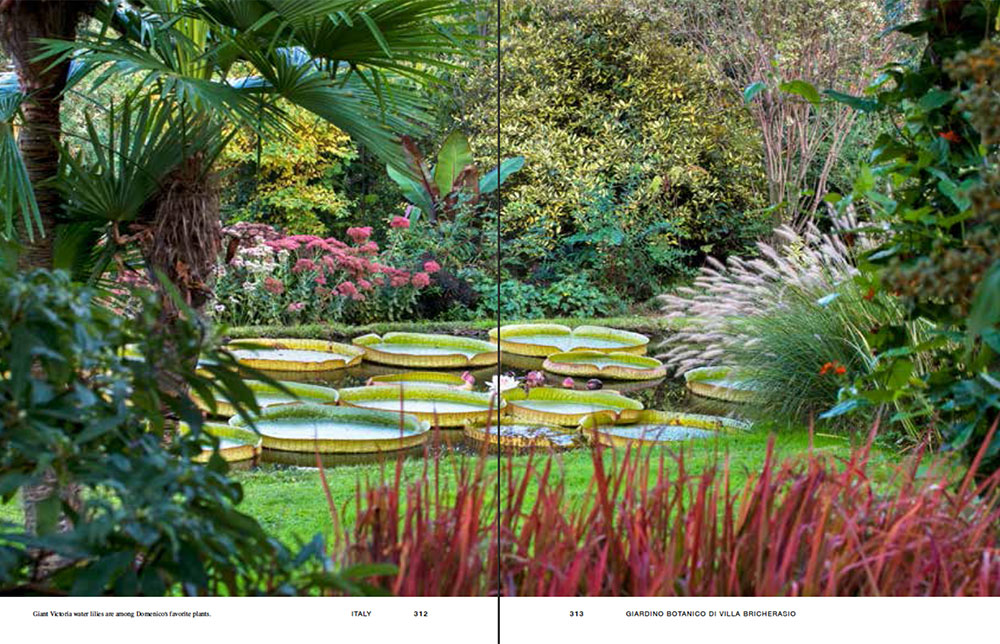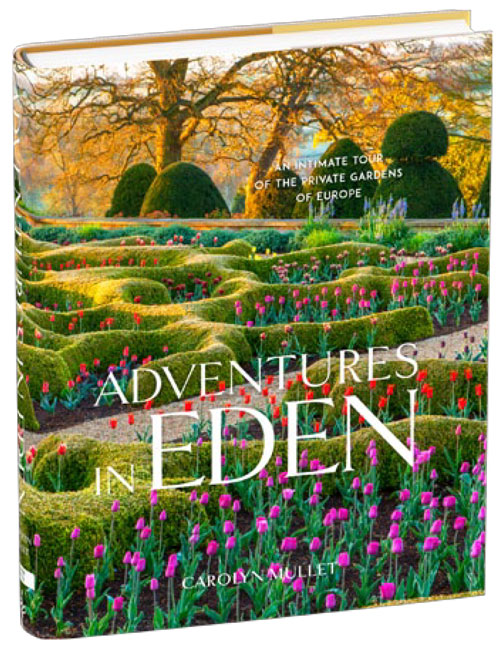
Adventures in Eden
An Intimate Tour of the Private Gardens of Europe
By Carolyn Mullet
Acres of white-blooming garden rooms on the island of Mallorca. A seven-tiered wonder of stone, plants, and water above Germany’s Rhine River. The Garden of Cosmic Speculation in a quiet Scottish valley. These sumptuous gardens are just three of the fifty destinations you’ll visit on this exclusive tour of Europe’s most beautiful private gardens. From Belgium to Ireland, Scandinavia to Wales, Carolyn Mullet is your guide through intimate retreats open to visitors at least occasionally. Short profiles introduce the intriguing owners and rich histories of each garden and the land they inhabit. Among the featured gardens are works of eminent designers such as Tom Stuart-Smith, Andy Malengier, and Louis Benech.
Whether you love exploring faraway places or creating your own personal haven at home, Adventures in Eden is the ideal armchair getaway—glimpses into personal garden artistry that are sure to spark inspiration.
Published by Timber Press, December 8, 2020.
What Reviewers Are Saying
"Homebound gardeners will be dazzled." — publishersweekly.com
"As we turn our backs on 2020, consider Carolyn Mullet’s tour de force: a sumptuous, utterly escapist hardback featuring all the most beautiful gardens in the UK and Europe we could possibly dream of visiting. The text bears the quiet confidence of a truly knowledgeable writer." — The English Garden
"An exquisite photographic tour of 50 inspirational gardens—each as diverse as its origins, each as lovely as the other." — Sally Peterson, Oregon Live.
"A glorious selection of gardens across a number of European countries linked by the fact that each has been thoughtfully designed, some to a plan, others created in a more organic way, and all of them labours of love." — Annie Gatti, Gardens Illustrated
"This book is not aimed at a reader looking for specific ways to plant but instead gives gardeners a once-in-a-lifetime peek into magical spaces." — Sandra Pereira, The Portugal News
"The ideal armchair getaway." — Garden Answers
"A great gift book, coffee table book, book for late-night reading." — Jane Berger, GardenDesignOnline
Book Excerpt
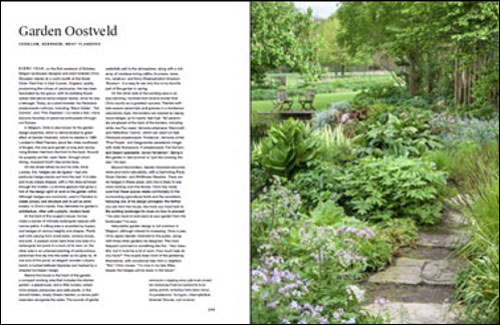
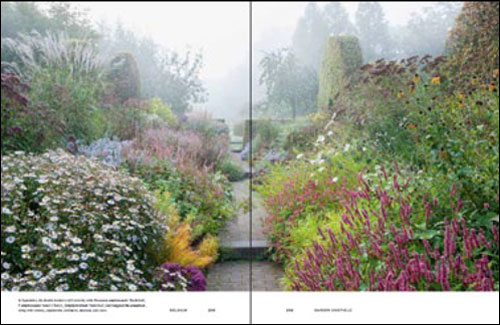
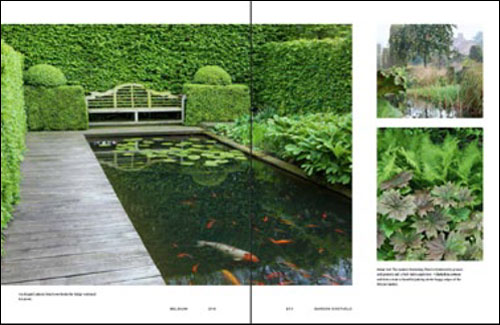
Garden Oostveld
OEDELEM, BEERNEM, WEST FLANDERS, BELGIUM
EVERY YEAR, on the first weekend of October, Belgian landscape designer and plant breeder Chris Ghyselen stands at a rustic booth at the Great Dixter Plant Fair in East Sussex, England, quietly proclaiming the virtues of persicarias. He has been fascinated by the genus, with its bobbing flower spikes held above lance-shaped leaves, since he was a teenager. Today, as a plant breeder, his Persicaria amplexicaulis cultivars, including ‘Black Adder’, ‘Fat Domino’, and ‘Pink Elephant’—to name a few—have become favorites of perennial enthusiasts throughout Europe.
In Belgium, Chris is also known for his garden design expertise, which is demonstrated to great effect at Garden Oostveld, which he started in 1990. Located in West Flanders about ten miles southwest of Bruges, the one-acre garden is long and narrow, rising thirteen feet from the front to the back. Around his property are flat, open fields, through which strong, incessant North Sea winds blow. On the street where he and his wife, Anne Loones, live, hedges are de rigueur—but one particular hedge stands out from the rest. It is taller and more crisply shaped, with a thin slice removed through the middle—a minimal gesture that gives a hint of the design spirit at work in the garden within. Although hedges are commonly used in Flanders to create privacy and structure and to act as windbreaks, in Chris’s hands, they delineate his garden’s architecture, often with a playful, modern twist.
At the front of the couple’s house, he has made a warren of intimate rectangular spaces with narrow paths. A sitting area is accented by topiary and hedges of various heights and shapes. Plants spill onto paving from small beds, window boxes, and pots. A padauk wood deck lines one side of a rectangular koi pond in a room of its own; on the other side is an untamed planting of rambunctious perennials that dip into the water as koi glide by. At one end of the pond, an elegant wooden Lutyens bench is tucked between topiaries and backed by a sheared hornbeam hedge.
Behind the house is the heart of the garden, a compact working area that includes the kitchen garden, a glasshouse, and a little nursery, where Chris breeds persicarias and sells plants. In the almost hidden, shady Stream Garden, a narrow path meanders alongside the water. The sounds of gentle waterfalls add to the atmosphere, along with a rich array of moisture-loving caltha, brunnera, carex, iris, veratrum, and ferny Chaerophyllum hirsutum ‘Roseum’. It is easy to see why this is his favorite part of the garden in spring.
On the other side of the working area is an eye-catching, hundred-foot double border that Chris counts as his greatest success. Planted with late-season perennials and grasses in a boisterous naturalistic style, the borders are backed by loping wave hedges up to twenty feet high. Tall perennials are placed at the back of the borders, including white Joe Pye weed, Vernonia arkansana ‘Mammuth’, and Helianthus ‘Carine’, which can reach six feet. Persicaria amplexicaulis ‘Firedance’, Vernonia crinita ‘Pure Purple’, and Sanguisorba canadensis mingle with Aster thompsonii, P. amplexicaulis ‘Fat Domino’, and Sedum spectabile ‘Joyce Henderson’. Being in this garden in late summer is “just like crossing the sea,” he says.
Beyond the borders, Garden Oostveld becomes more and more naturalistic, with a Swimming Pond, Grass Garden, and Wildflower Meadow. There are no hedges in these areas, and one is likely to see cows looking over the fences. Chris has made sure that these spaces relate comfortably to the surrounding agricultural fields and the woodland, following one of his design principles: the farther you are from the house, the more you must look to the existing landscape for clues on how to proceed. “You also have to look back at your garden from the landscape,” he says.
Naturalistic garden design is not common in Belgium, although interest is increasing. Once a year, Chris opens Garden Oostveld to the public, along with three other gardens he designed. The most frequent comment is something like this: “Very beautiful, but it must be a lot of work. How much help do you have?” The couple does most of the gardening themselves, with occasional help from a neighbor. “But,” Chris muses, “I’m now in my late fifties. Maybe the hedges will be lower in the future.”

